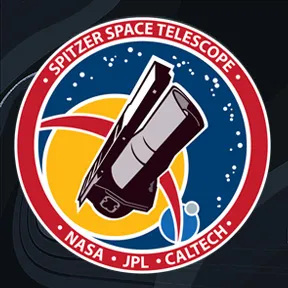James Webb Space Telescope Reaches Lagrange Point L2
The James Webb Space Telescope has finally reached it's destination, the Second Lagrange Point (L2). Now, The James Webb Space Telescope has started to Cool Down its instruments to Optimum Temperatures, but this will take several weeks to cool down.
The past month has been an exciting one for NASA’s James Webb Space Telescope, from launch in tropical French Guiana, to the two-week unfolding of this intricately-packed telescope, the observatory has gone through a huge transformation in space.
What’s next for Webb as it cools down over the next five months and looks to Unfold The Universe?
Join mission experts and submit your questions on social media using #UnfoldTheUniverse.
Meet the experts:
Dr. Amber Straughn is Deputy Project Scientist for Webb Science Communications at NASA’s Goddard Space Flight Center in Maryland. She has been working on this mission for over 13 years and is most looking forward to the unexpected discoveries we’ll make with the telescope; the things that may completely surprise us. In her spare time, she loves hiking, yoga, flying, live music, and doing what she can to make her corner of the world a better place.
Miss Scarlin Hernandez is Webb Flight Systems Engineer at the Space Telescope Science Institute in Maryland. With the Webb mission, she is most looking forward to learning more about the origin of life and discovering things we didn’t know were out there. In her free time, she enjoys meditating, empowering others, listening to music and spending time with family and friends.
Miss Tahira Allen is Communication Strategist for the NASA Headquarters digital media team in Washington. Completion of Webb’s major deployments in space was one of the most exciting moments for her during this mission. In her own words: "Talk about human ingenuity at its finest!” In Tahira's spare time she enjoys cooking, exercising, spending time with family and friends, mentoring University of Georgia students, and learning about world history.
















































